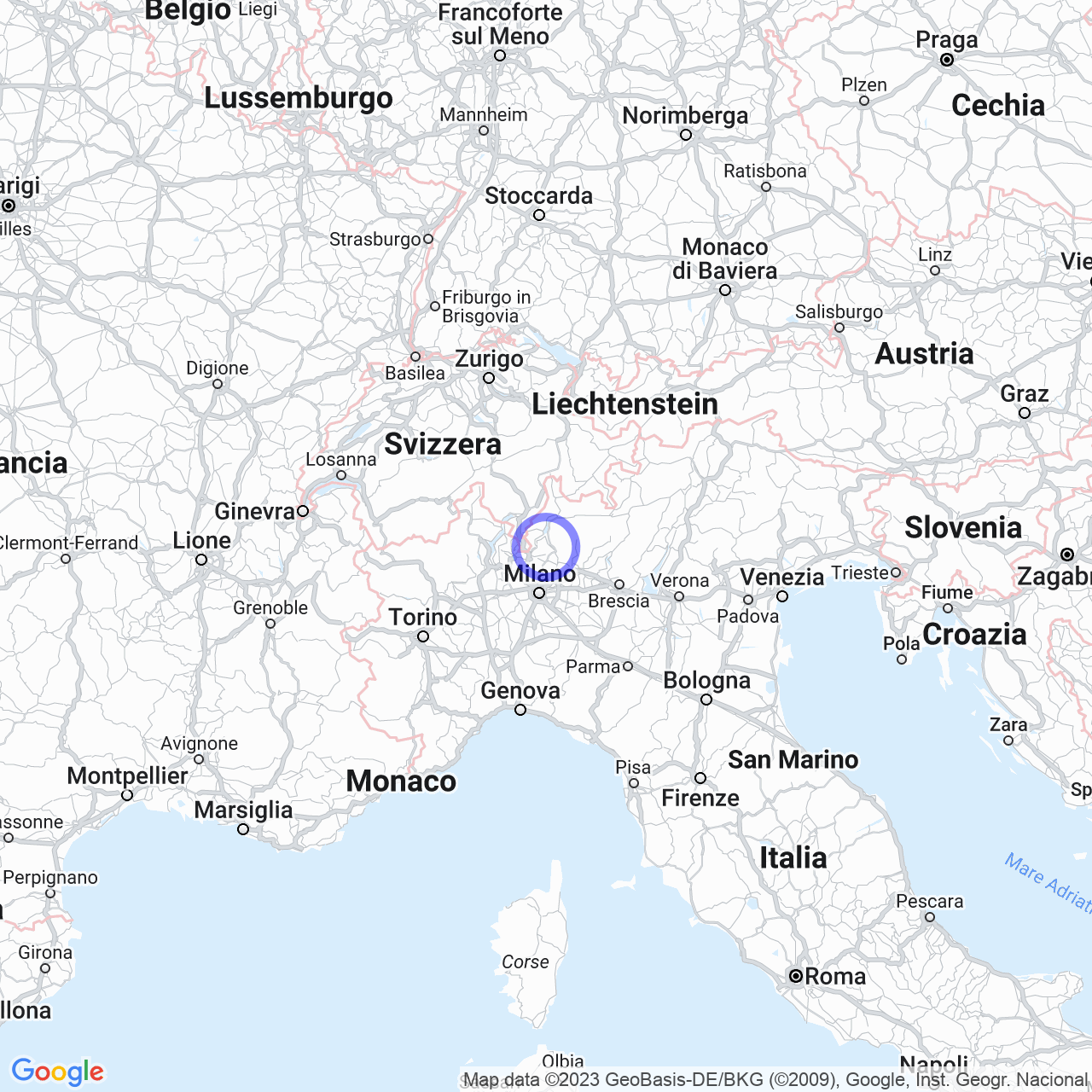Lasnigo
Welcome to Lasnigo, between history and archeology
Hello friends, today I'll talk to you about Lasnigo, a small Italian commune in the province of Como, which belongs to the so-called Triangolo Lariano. With its 459 inhabitants, Lasnigo is a place full of history and archeology that really deserves a visit!
Origins of the name
The name Lasnigo may derive from the Latin Asenigo, with the addition of the '-icus' suffix, or from the expression 'Asuicus', which means "Vicus of Asso (Italy)".

The history
Lasnigo has a very ancient history. In the Lasnigo territory, flint arrowheads dating back to prehistory were found, as well as evidence of Roman presence, such as the Mediolanum-Bellasium road, which connected Milan to Bellagio, and some relics such as a lapide citing a certain Caio Alebo, soldier of the IX Roman region, and some burial tombs, both inhumation and incineration, dating back to the II century.
During the Middle Ages, Lasnigo was a village surrounded by walls and had two fortified towers. In the twelfth century, it sided with Milan during the Ten-Year War against Como, while in the subsequent war between the Lombard communes and the Emperor Frederick Barbarossa, Lasnigo joined the Lombard League, together with Asso. In the thirteenth century, the inhabitants abandoned the area around the Church of St. Alexander to move to the opposite bank of the Lambro river. In 1414, the existence of a castle in Lasnigo was mentioned.
Since 1409, Lasnigo was part of the Duchy of Milan and of the general community of Valassina, subject to various feudal concessions by the Milanese dukes. In the sixteenth century, Lasnigo passed to the Tebaldi family of Bologna, then to the Sfondrati family. In 1751, the commune of Lasnigo was still infeudated to the last exponent of the Sfondrati family, but at his death in 1788, the whole Valassina returned to the Ducal Camera of the Duchy of Milan for lack of descendants capable of inheriting the feudal benefit.
During the Napoleonic period, Lasnigo was annexed to the communes of Magreglio, Barni, Caglio, and Sormano, but this decision was abrogated with the Restoration.
Archeology
In 1977, in the locality of Fornace, an ancient furnace, whose existence was already attested in 1430, was discovered. This discovery confirms the presence of important artisanal activities in the area already in the fifteenth century.
Conclusions
Here is the brief history of Lasnigo, a small commune immersed in nature and rich in history and archeology. I hope it intrigued you and that you can visit it in the future to deepen your knowledge of this fascinating place. Thank you for reading me!
